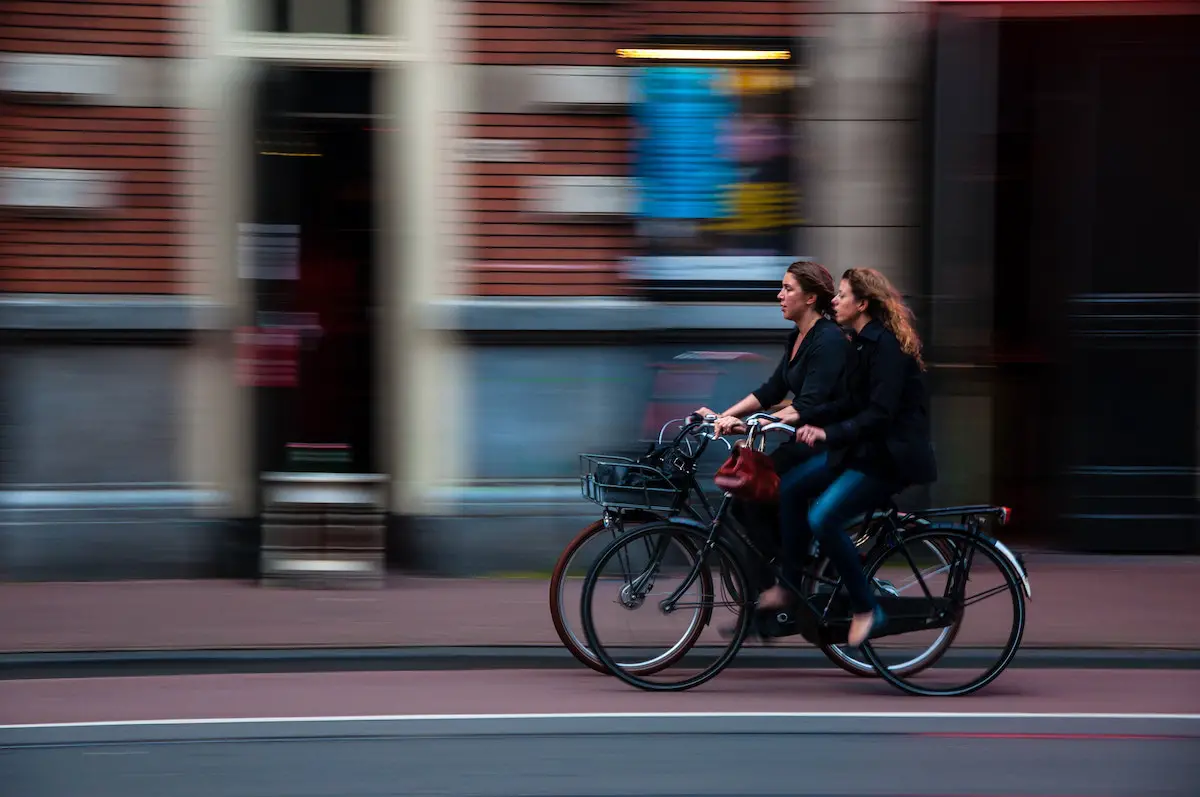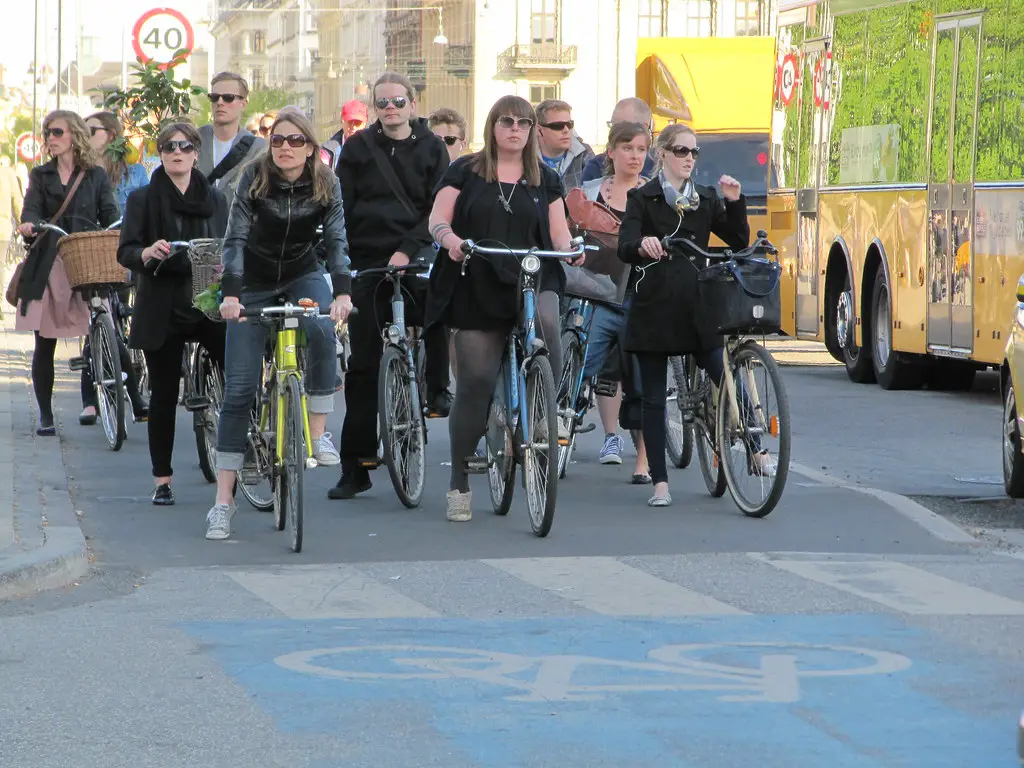A good bicycle network acts as a connection between local services, offering an easy and environmentally sustainable way for local communities to get around. The addition of a bicycle network can open up areas previously disconnected due to poor public transport connections, making a city even more discoverable.
During the 1980s, the Dutch city of Delft invested heavily in its bicycle network. Creating new bicycle lanes, bridges, and bi-directional roads, the city found that cyclists started changing their routes, passing through parts of the city that previously had few cyclists. By investing in its bicycle network, Delft’s cycling patterns shifted, and trips by bicycle started to spread across the whole city.
This kind of change is powerful for more than one reason. Easier access to urban areas is incredibly valuable, but by improving access, bicycle use could also potentially develop an individual’s sense of place. When I met up with Marc van Woudenberg – founder of the cycling blog Amsterdamize – earlier this year, he called a bicycle’s potential to improve sense of place ‘one of the most underrated elements of cycling’, contrasting it to car users ‘sitting in their box, isolated’, adding ‘when you’re riding a bicycle, you see something you like and you can stop.’
There is also support for this view from beyond the blogosphere. Mario Polése criticised automobiles for ‘reducing points of contact’, allowing urban residents to ‘travel from one point in the city to another without ever observing neighbourhoods inhabited by other ethnic or social classes’. On the benefits of slower transport modes, Glenn Lowcock suggests ‘we’ll become more aware of people living nearby and a greater level of social cohesion will develop’.
Despite the potential for better access to urban services and improved sense of place, not all agree that changes brought about by developing a city’s bicycle network will be positive for local communities. William H. Whyte expresses concern that the smaller scale developments theoretically encouraged by a reliance on bicycles could be culturally damaging, worrying that it would be ‘tougher for small areas to create lively spaces’. If a city’s scale were to be defined by its bicycle network, could it become a dull city?
Quantifying ‘sense of place’ also introduces complications. In fact, it’s an impossible task. Even if a bicycle network does increase access, the resulting effect on an individual’s sense of place can’t be positive by default, largely down to the fact that every person has a different sense of place for the same place.
Photo: andreybl


